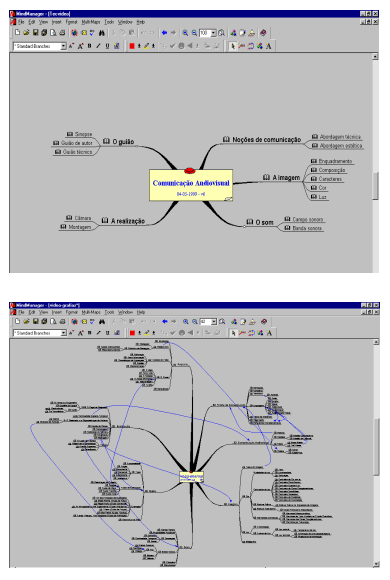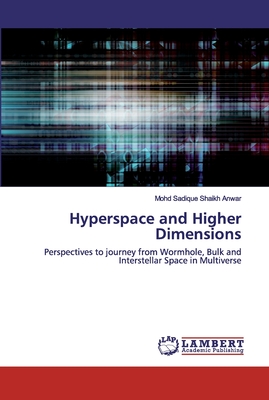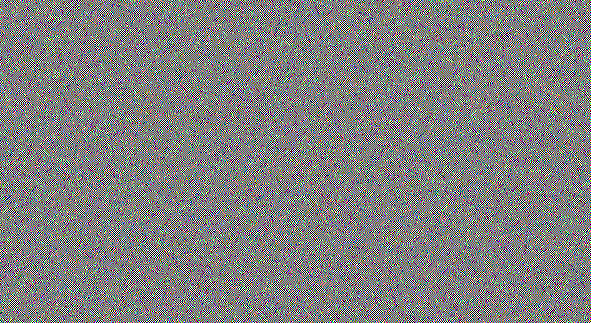

Its construction is based on the E 6 group and information can be extracted from the ringed Coxeter-Dynkin diagram representing this polytope. Seen in a configuration matrix, the element counts can be derived by mirror removal and ratios of Coxeter group orders. Orthographic projection in Aut(E6) Coxeter plane with 18-gonal symmetry for complex polyhedron, 3. Rhett Allain, Wired, Ford is ready to send its electric trucks into hyperspace. This makes the birectified 5-simplex, 0 22. hyperspace noun hyperspace h-pr-sps 1 : space of more than three dimensions 2 : a fictional space in which extraordinary events happen Example Sentences Recent Examples on the Web There goes the Falcon, right off into hyperspace. The vertex figure is determined by removing the ringed node and ringing the neighboring node. upper b ound for the size of K (X), it is natural to ask if it is possible to give families of 1 /n - homogeneous nites graphs Y n such that K ( Y n ) has size < n. Removing the node on either of 2-length branches leaves the 5-demicube, 1 31. The facet information can be extracted from its Coxeter-Dynkin diagram. It is created by a Wythoff construction upon a set of 6 hyperplane mirrors in 6-dimensional space. Images Coxeter plane orthographic projections E6 Pentacontatetra-peton (Acronym Mo) - 54-facetted polypeton (Jonathan Bowers).

Its 72 vertices represent the root vectors of the simple Lie group E 6. : Hyperspaces of Sets: A Text with Research Questions (Monographs and Textbooks in Pure and Applied. It has a birectified 5-simplex vertex figure.

The 1 22 polytope contains 72 vertices, and 54 5-demicubic facets. These polytopes are from a family of 39 convex uniform polytopes in 6-dimensions, made of uniform polytope facets and vertex figures, defined by all permutations of rings in this Coxeter-Dynkin diagram. The birectified 1 22 is constructed by points at the triangle face centers of the 1 22. The rectified 1 22 is constructed by points at the mid-edges of the 1 22. There are two rectifications of the 1 22, constructed by positions points on the elements of 1 22. Its Coxeter symbol is 1 22, describing its bifurcating Coxeter-Dynkin diagram, with a single ring on the end of the 1-node sequence. The study of dimensions more than our familiar three deals with what are called hyperspaces. Here we provide a partial answer to the problem by showing that it is consistent that there is a MAD family Aof size strictly less than cwhose hyperspace is not pseudocompact, so, in particular, there is an AD family of size less than cwhich cannot be extended to a pseudocompact one, i.e. Elte's 1912 listing of semiregular polytopes, named as V 72 (for its 72 vertices). In 6-dimensional geometry, the 1 22 polytope is a uniform polytope, constructed from the E 6 group. Orthogonal projections in E 6 Coxeter plane


 0 kommentar(er)
0 kommentar(er)
